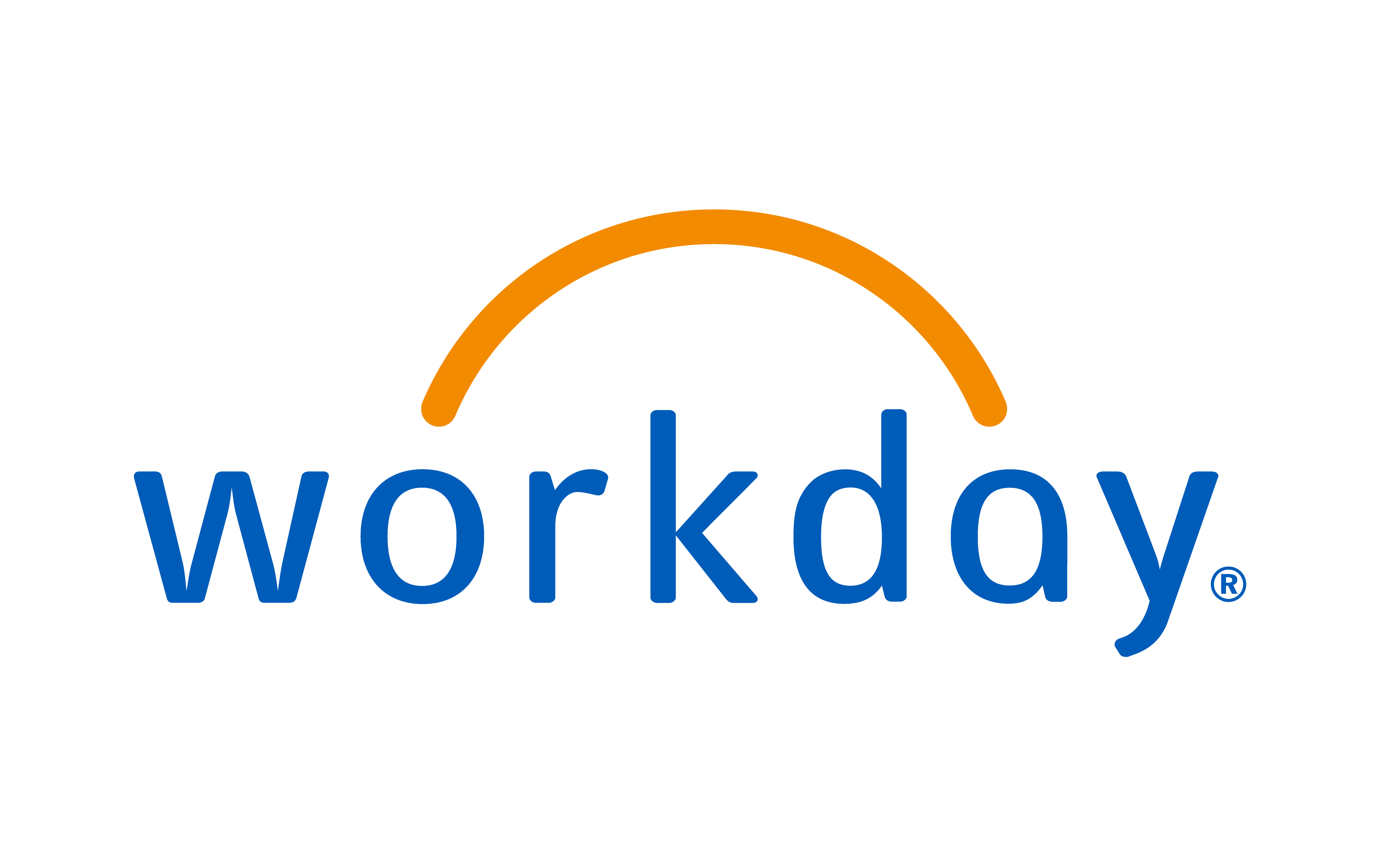
Apprenticeship schemes are in the spotlight. Not only are UK businesses grappling with the Government target to have three million people in traineeships by 2020, but they’re about to be hit with the Apprenticeship Levy. It may seem daunting, but there are huge advantages.
From April this year, UK companies with an annual pay bill over £3 million will have to give 0.5 per cent to fund national apprenticeship schemes. In turn, they will receive £15,000 to support their own.
It’s a lot to take in – particularly for those who feel the Levy is an unwanted tax, or that apprenticeships are just for youngsters going into manual roles.
“It’s crucial that companies nurture talent − not just from a social imperative but from a business one,” says Andrew Minton, Managing Director at Criticaleye. “Apprenticeships are a great way to do that. They can breathe life and creativity into the company, boost employee sentiment and build a pipeline of talent.”
Timed with National Apprenticeship Week, we asked Members of the Criticaleye Community how they are approaching apprenticeships. Here’s what they had to say.
Mark Castle, Deputy Chief Operating Officer, Mace
What I like about the construction industry is that whichever entry point you chose, be it University or apprenticeship, you could still end up being CEO.
At 16, I was very fortunate to be offered an apprenticeship from one of the big Plcs, which I did on day release from college. I still think it’s a great way to learn the practical aspects of a craft.
The ability for the younger generation to run a practical and academic career in parallel, and get paid for it, is wonderful. In fact, my son, who left school at 18 with A-Levels, decided to become an apprentice, which I’ve encouraged.
Apprenticeships are massively important for Mace too. The construction industry is responsible for seven to eight percent of GDP, yet we have an aging industry.
Those we take on can be raw, so they do take a lot of time, investment and mentoring. Many companies lose their apprentices because they don’t put in the effort to develop them.
We really encourage our trainees, who join us at age 18, to continue their education. For the last ten years, we’ve run an in-house business school, and the last four years, had a relationship with Imperial College to provide continuous learning. The latter means people who have finished apprenticeships can still develop.
Peter Horrocks, Vice Chancellor, The Open University
My advice on the Apprenticeship Levy is to use it as a tool to deliver precisely what you need for your workforce long term.
In planning apprenticeships programmes, leaders should look at future workforce requirements and use apprenticeships to combat skills gaps, promote diversity and provide meaningful opportunities to progress.
A number of Higher Education Institutions (HEIs) are entering the apprenticeship market. Some are truly committed to workplace learning, but there has been criticism that others are simply repackaging existing academic programmes. We’re planning to form partnerships with innovative HEIs that share our commitment to work-based learning.
While many institutions are engaging in apprenticeships, it’s important there is clear progression for students. For this, institutions will need to work together to support the transition from Further Education to Higher Education.
The focus tends to be on 18-year-old school leavers yet in 2015 and 2016, 44 per cent of new apprentices were 25 or over. The decline in mature learners has been attributed to high fees and low training budgets − but the great thing is higher and degree apprenticeships provide another vehicle.
Steven Cooper, CEO, Personal Banking, Barclays
The genesis for our youth apprenticeship scheme, which started in 2012, was when we tried to recruit people for an operations centre in Cardiff. We couldn’t find staff, despite Cardiff having one of the highest unemployment rates. We realised many people leave school without the right skills for the workplace.
To tackle that, we offered apprenticeships with real, paid jobs and an eight week induction, giving numeracy, literacy and basic life skills − like how to dress appropriately, communicate professionally and get to and from work. It’s been hugely successful and we’ve recruited almost 3,000 apprentices. Over 80 per cent have stayed on with many taking senior roles, including leadership ones.
We’re now focusing on what we call ‘bolder’ apprentices who range from being in their 20s to 50s, or above, and are looking at getting back into the workplace.
I met a cashier in our Kings Cross branch who is one of our older apprentices. She’d been out of work for a couple of years so was grateful to have a role, which means as an employer I have a loyal colleague. But mostly, I was struck by how many customers loved dealing with her – she’s friendly, engaging and experienced in life, which a lot of people relate to. I can’t buy that.
Dave Newborough, HR Director, E.ON UK
We’re increasing our intake of apprentices from 100 last year, to 400 in 2017. We see it as being good for business, growth and reskilling – but also for society. We have apprenticeships in everything from cyber through to blue collar activities.
We’re currently running three pilot schemes with the Government’s Department for Workplace and Pensions (DWP), with two already complete in Harlow and Colchester. We’ve been targeting people who are not in education, employment or training and have so far recruited 24, of which nine are over 50 years old.
There is a historic ageism around apprenticeships but it’s not just about young people. In the context of the Levy most investment goes into training for the young, yet finding the right behaviours can be much harder and investment support is required for mature candidates too.
In recruiting for our Smart Metering programme, we’re finding that many of the skills we need – such as for customer services – are common in the older generation. This sits well with the DWP's Fuller Working Lives, a campaign that Minister Damian Hinds recently visited us to promote.
Importantly for us, we’re finding that apprenticeship attrition is very low because candidates of all ages can see career potential within the business, particularly as some have already been fast-tracked. That’s helped to build our line managers’ confidence in the model too. The bi-product is a really strong sense of pride from our troops having seen unemployed people from their own communities find work with us.
Candida Mottershead, HR Director, UK&I, Accenture
We started running our apprenticeship programme in Newcastle in 2013, and have now recruited around 200 across London and Newcastle. Our first group graduated in April 2016 and have since stayed in the organisation. It’s very well-sponsored throughout our executive team and we’re looking at how we can expand our programme.
School leaver apprentices typically have less experience in the workplace, so we need to make sure we give them the appropriate pastoral care and that we check in with them regularly. They all have assigned career counsellors to ensure they are working on the right project and are thinking about career progression.
In the past, apprenticeships were synonymous with certain kinds of careers and employers but now it’s much broader. There is a lot more opportunity for apprenticeships now.
For example, at the moment, our focus is on school leavers. However, we’re beginning to look at different ideas and demographics, such as programmes for people returning to work after an extended career break and ex-military personnel.
I see the Apprenticeship Levy as a different way of funding apprenticeships. I think it will provide more organisations with a focus on apprenticeships in general, which is a positive – not just for individuals but for businesses too.
Don’t miss our next Community Update which will cover the highlights from our HR Directors Retreat.


























 (002).png)